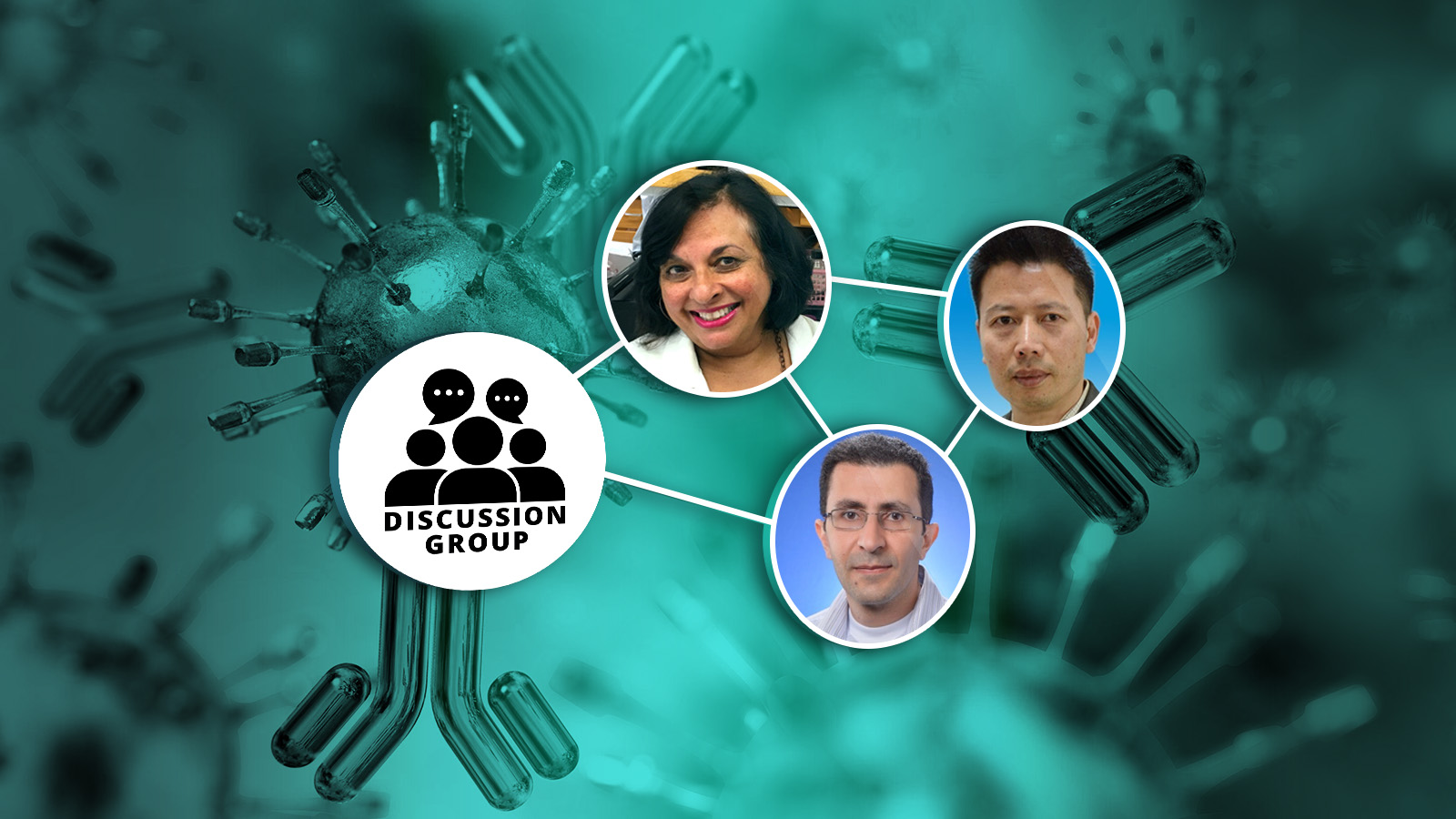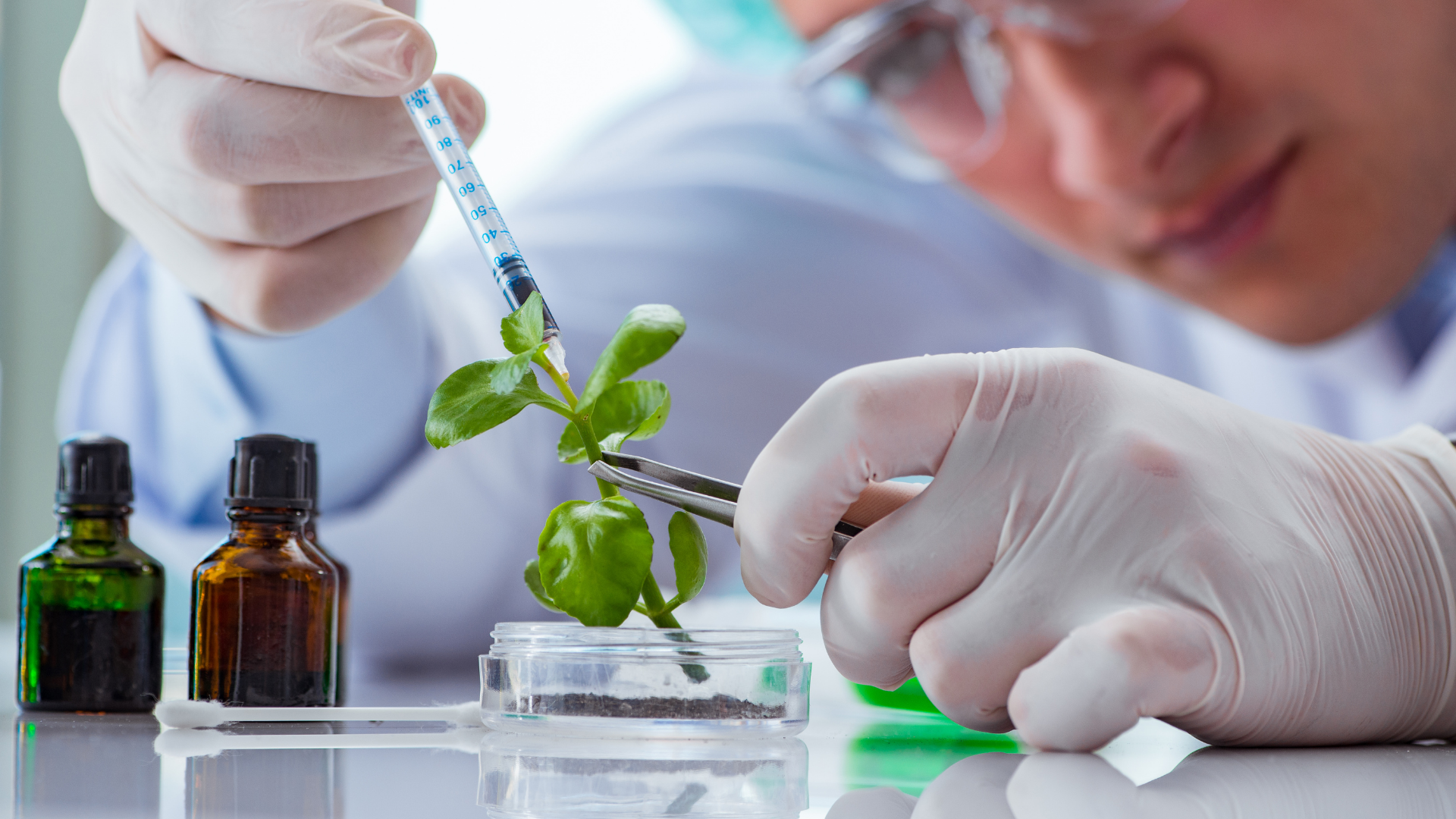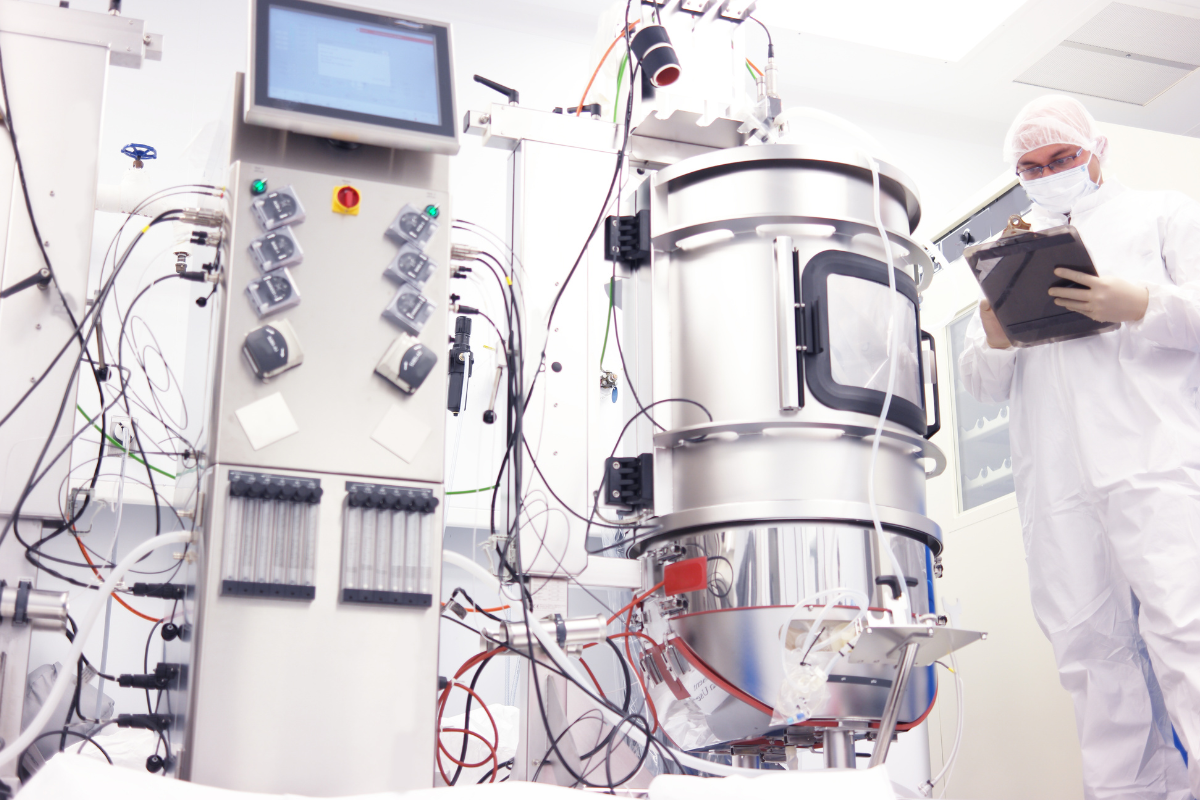Oral Delivery of Peptides

Our May Discussion Group came together for an hour of specialist discussion about the key challenges and strategies for improving the oral delivery of peptides. This Discussion Group was a selection of key industry leaders from various pharmaceutical companies such as Elasmogen, Ferring Pharmaceuticals, and Novo Nordisk, to name a few.
Nazneen Dewji, President and CEO of Cenna Biosciences, led the discussion. She was joined by Aktham Aburub, Senior Research Fellow of Synthetic Molecule Design and Development at Eli Lilly and Wu Su, Director of Medicinal Chemistry, Team Leader in New Modalities Medicinal Chemistry at AstraZeneca, who were there to support. Discussion topics included peptide engineering strategies, permeation enhancer-based delivery systems and devices, and the patient benefits of oral delivery.
Industry Overview of Oral Peptide Delivery
Dewji kicked off the session with a brief overview of the current landscape for oral peptides. “Historically, oral administration has offered a convenient, familiar, and painless alternative to injections,” she began. The delivery of herbal remedies and drugs via the oral route dates back as far as 1550 BCE. Today, however, oral delivery is not an available option for protein and antibody drugs – except for some very small peptides such as ciclosporin.
“A clear, unmet need exists for the design of new materials to enable oral protein delivery,” Dewji explained. She then identified some of the key challenges to achieving this as being absorption, permeability, and enzymatic degradation. This is due to the fact that peptides and proteins commonly get degraded in the gut.
- Biopharmaceutical Manufacturing of Next Generation Peptides
- UCB, Bicycle Therapeutics, and Sanofi Share their Thoughts on Optimal Peptide Discovery Techniques
- Advancing Peptide Therapeutics and Personalised Cancer Vaccines
In particular, there are numerous physiological barriers to oral protein and peptide delivery, such as the biochemical barrier, mucus barrier, and epithelial barrier. When peptides move across the intestinal epithelium and are secreted into the lymphatic system or bloodstream, they must circumvent these structural and functional barriers.
Critical considerations in evaluating the suitability of oral peptide formulations include, according to Dewji “the extent of absorption across the intestinal mucosa and achievement of detectable pharmacodynamic activity and systematic bioavailability.” Dewji went on to explain how other parameters such as a delivery device’s drug loading capacity and kinetic release rate are also important. This is because “functions of the core material, along with those of the protein cargo, can be modified to further improve oral drug delivery.”
Emerging Trends in Oral Peptide Delivery
After the presentation concluded, Su opened the floor to discuss the current trends in the oral peptide landscape. For instance, Su spoke of the various opportunities currently being explored at AstraZeneca. “My team focuses on developing peptides, oligonucleotides, and conjugates for tissue-specific delivery.” In particular, they are interested in receptor media uptake and transport in peptides.
Su continued by explaining: “We have conducted bioinformatical analysis to try and identify those receptors in the epithelial cell surface.” The team then evaluate the receptor recycling time to estimate the transport efficacy. Preliminary ligand modifications or labelling are conducted to predict the efficacy of the model peptide and ligand as well as the conjugate to determine how fast they will transport to the cell surface.
Aburub subsequently took to the floor to explain Eli Lilly’s approach to oral peptide delivery as being a permeation enhancer-based method. “Our delivery approach is a combination of using combination enhancer-based systems along with peptide engineering,” he elaborated. This involves identifying the clip site and then swapping it with a coded or non-coded amino acid to decrease the susceptibility for proteolytic enzymes across the gastrointestinal (GI) tract. Aburub described the latter as “one of the main challenges of oral peptide delivery, in that peptides and proteins essentially get chewed up by the GI tract in an effort to combat foreign material in the body.”
“Historically, oral administration has offered a convenient, familiar, and painless alternative to injections”
Other challenges include achieving a high potency whilst maintaining a low level of bioavailability. “From a commercial standpoint, any currently available peptide delivery technology must have a potent peptide to be deemed viable,” Aburub explained. Peptide engineering and probabilistic stability play a key role in ensuring this. He also identified efforts to certify a long half-life which ameliorates fatty acid isolation as an example of a helpful tactic for potency engineering and permeability
Cost Vs. Potency: Where Does the Value Lay?
As the discussion continued, Aburub posed the following question to the audience: “Given the reality of 95% of the peptide going to waste during oral delivery, is there still a value proposition from a healthcare system perspective?” One member responded by claiming that although the industry works tirelessly to improve the potency and efficacy of oral peptides, there is an undeniable material and cost burden associated with this.
“It is not always possible to make a viable peptide product, and so discovery attempts to do so produces a lot of material waste,” the said party contributed. They continued by explaining how as an expensive and potentially wasteful objective, the oral delivery of peptides must rely on sophisticated technologies such as permeability enhancers to achieve a relative degree of valuation.
The delivery of herbal remedies and drugs via the oral route dates back as far as 1550 BCE.
Dewji, however defended oral peptides as having intrinsic value for patient experience. “Much of the enthusiasm around oral delivery pertains to its ease of use,” she explained. “Not many patients would actively choose to inject themselves, and so for those with a chronic condition, simply swallowing a pill is a far easier alternative.” This means that there may be a clear justification for material waste in order to facilitate a more comfortable administration experience.
Concluding Thoughts
The discussion concluded with some final thoughts on the alternative drug delivery methods. With solution technologies such as the patch, lipid nanocarriers, and PEGlyation techniques emerging on the horizon, the field of improved peptide delivery is one of great promise. At Oxford Global, we couldn’t have been more pleased with the turnout for our May Biologics Discussion Group. The conversation was engaging, the debate stimulating, and the industry insights invaluable. We will continue our Discussion Group series in September with a session focusing on ‘Advanced Vaccine Platforms & Technologies’. Learn more about the Oxford Global Discussion Group series at our Biologics Portal.
Join Oxford Global’s next Biologics UK: In-Person event today. This 3-day conference brings together a panel of prominent leaders and scientists, sharing new case studies, innovative data and industry outlook.





